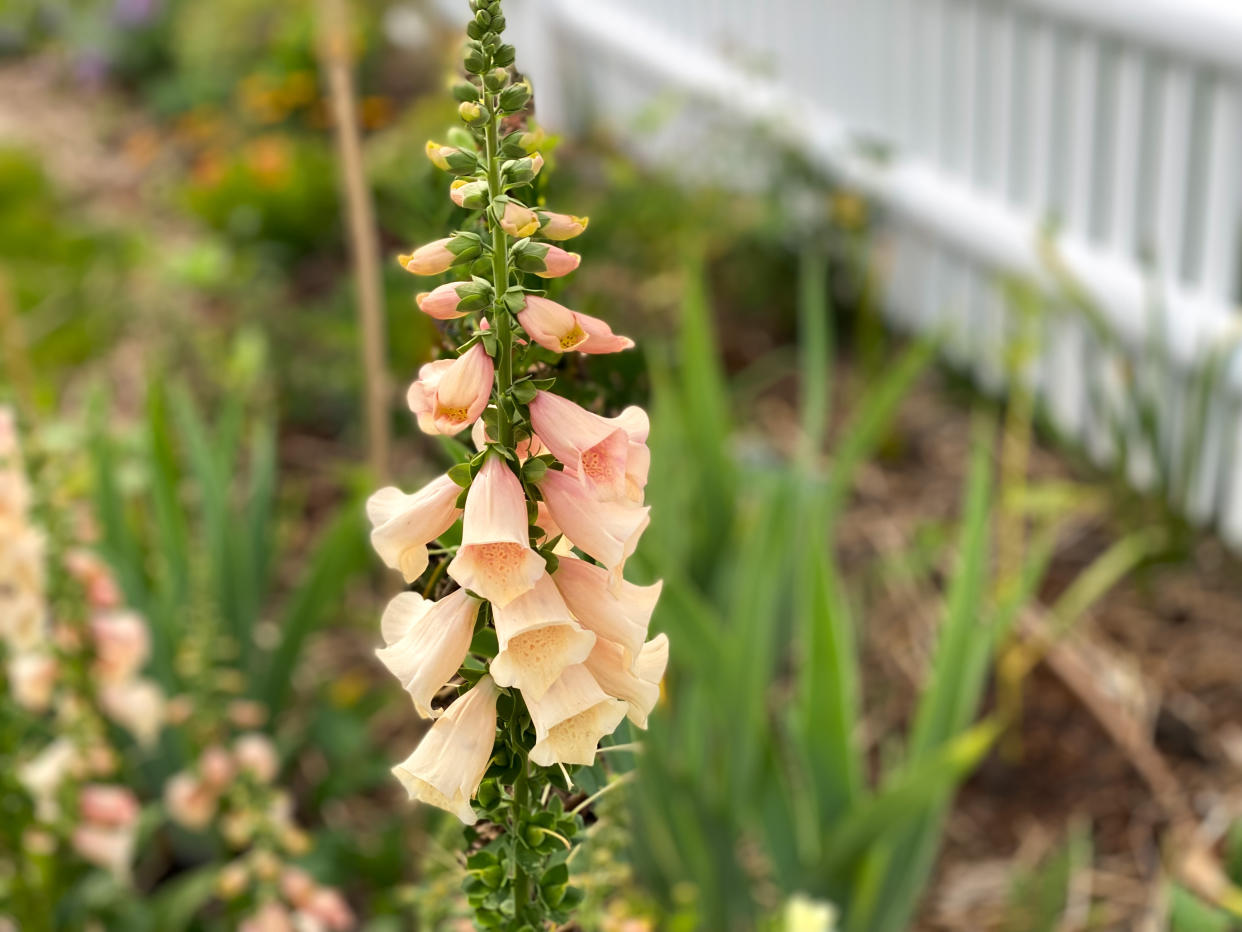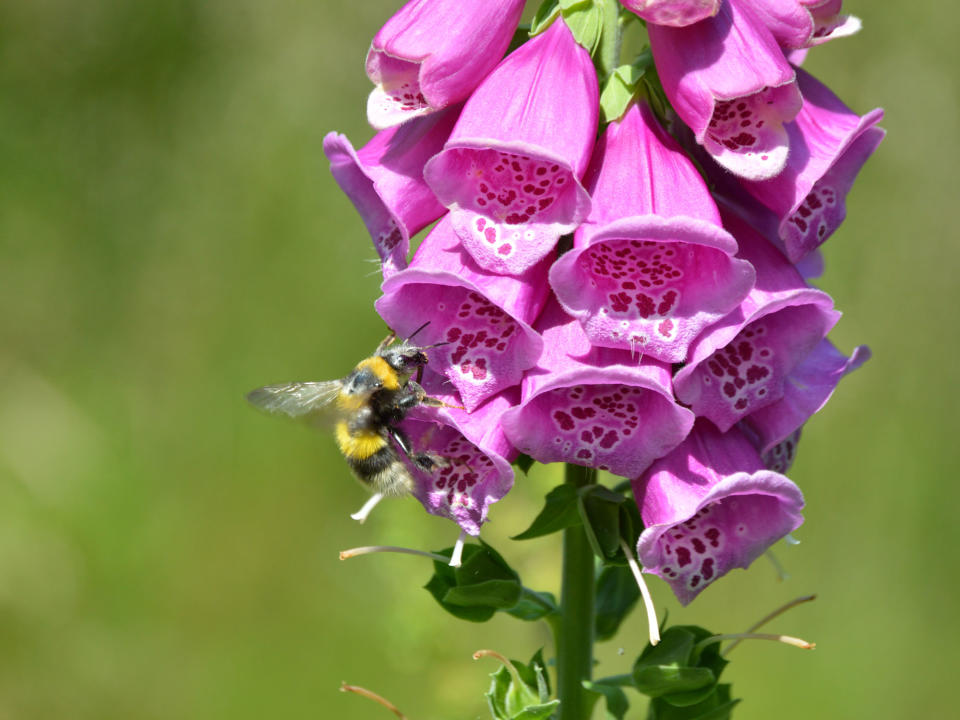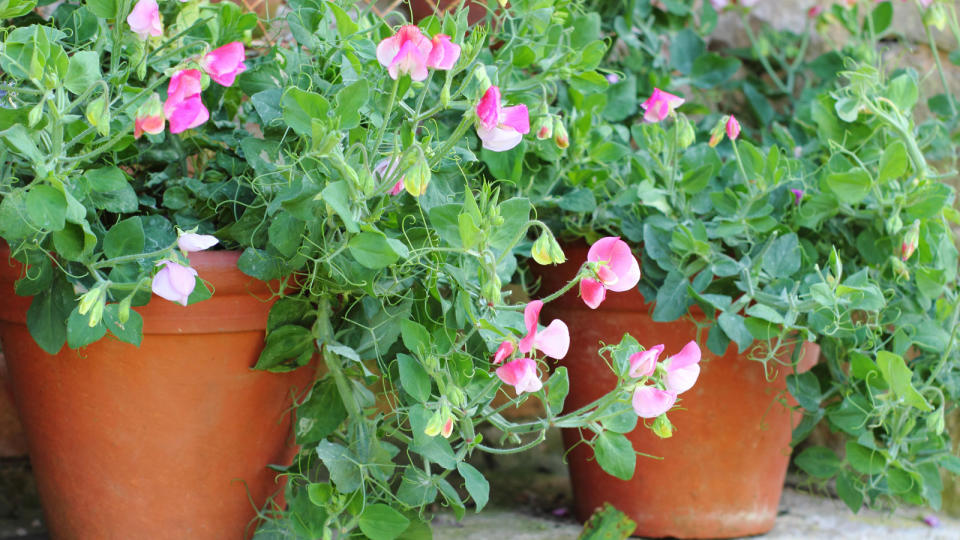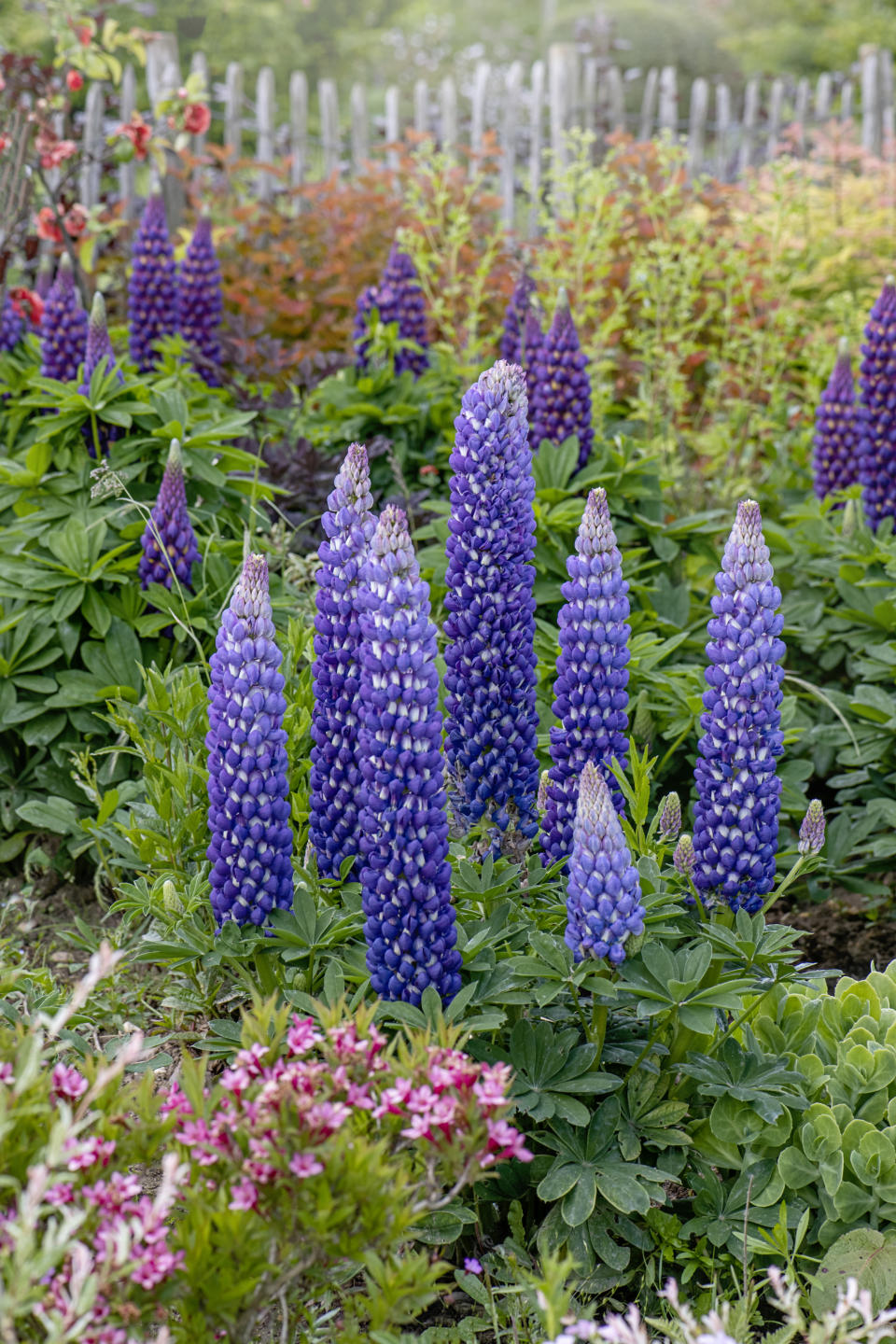8 flower seeds to sow in September – start growing these blooms now for a cheap way to fill your spring garden

Growing flowers from seed is a great way to fill your garden with color when spring comes around, without breaking the bank by buying whole new plants from a nursery. And the time is ripe to sow the seeds now to reap the rewards in the new year.
'September is a great month to sow seeds for a springtime display but to ensure lots of colorful blooms, it’s important to know when to plant them,' says gardening expert Chris Bonnett, founder of Gardening Express. 'Some can be sown directly into the soil, others will do better in a greenhouse or under a cloche.'
If you're ready to plan your flower bed ideas for next year, here's what experts say you can sow in September, ready for spring.
1. Poppies
Give your big to small backyard a facelift with the season's flowers and their eye-catching colors. 'Poppy flowers are a delightful addition to any garden with their vibrant array of colors, including red, pink, white, and purple,' says Reese L Robins, gardening expert at Just Pure Gardening. 'These graceful blooms are not only beautiful but also remarkably easy to cultivate from seeds, making them an ideal choice for September sowing.'
'Sow these seeds straight into the garden,' adds Chris Bonnett. 'You’ll need a weeded and raked sunny spot with good drainage. Simply sprinkle the seeds thinly across the ground. When the seedlings are big enough to handle, thin out so they’re around 30cm apart.'
'To ensure a continuous display of poppy blossoms, deadhead the faded flowers,' says Reese. 'This simple step will encourage fresh growth and extend their blooming period. Leave some seed pods for natural self-seeding or harvesting seeds for future plantings.'

Poppy Wildflower Seeds
Sunlight exposure: partial
Price: $8
2. Foxglove

Foxgloves are fairly easy plants and look beautiful in a small or large courtyard garden. These are available in different sizes and should be spaced accordingly, but as a general rule, it is good to space them about 2 feet apart.
'Foxgloves are one of my favorite early summer bloomers (that often keep going into late summer as well), especially for part-shade parts of the garden,' says Kat Aul Cervoni, landscape designer and founder of Staghorn NYC and The Cultivation by Kat. 'These trusty biennials establish their foliage their first year and bloom the following year, which is why getting a headstart on seeding them is the way to go. I saw these in seed-specific potting medium, which is lightweight and airy. Place them in a sunny spot and then keep them moist until they sprout.'
For its good health and growth, add a 1-inch layer of well-decomposed mulch to provide foxgloves with nutrients. In good soil, fertilizer is rarely essential and excess nitrogen can harm the flower growth.

Gloxiniaeflora Foxglove Seeds
Sunlight exposure: Full sun
Price: $5
3. Coneflowers

Whether in the backyard or roof garden, consider the magic of coneflowers that immediately uplift the mood of the outdoors. 'Coneflowers, known for their daisy-like petals and cone-shaped centers, make an excellent choice for the September garden,' says Reese. 'They come in various colors, including purple, pink, red, white, yellow, and orange.'
'Sow coneflower seeds directly into the soil outdoors in September to kickstart their growth,' says Reese. 'Allowing the seeds to experience the cold improves germination. These versatile plants thrive in both sunny and partially shaded spots and rich, well-drained soil. They can also adapt well to clay, rocky, or sandy soils.'
'Coneflowers bloom from summer through autumn and are not only visually appealing but also practical for cutting and drying, making them suitable for indoor arrangements,' says Reese. 'To maintain their well-being, consider applying mulch around the plants to preserve moisture and prevent weed growth.'

White Coneflower
Sunlight exposure: full to partial
Price: $54
4. Calendula
Amongst the best flowers for container gardening is the calendula due to its rich color and appeal.
'Calendula, often called pot marigolds, boasts vibrant yellow or orange flowers reminiscent of daisies,' says Reese. 'You can sow them in outdoor soil or pots during September, giving your garden a touch of color and versatility. These resilient flowers thrive in sunny locations but can also tolerate partial shade. They have a preference for organically rich, well-drained soil.'
'Calendula flowers bloom from summer to autumn and offer both culinary and medicinal possibilities. The leaves and petals can be used to enhance salads, brew soothing teas, or create creams and ointments with healing properties. To encourage a bushier growth pattern, consider pinching off the growing tips of young plants. Protect your calendula plants from frost in colder regions using a cloche or garden fleece.'
'Collect seeds from mature blossoms and store them in a cool, dry place for future sowings to ensure a continuous supply of these lovely flowers,' says Reese. 'With its vibrant beauty and practical uses, Calendula is a fantastic addition to your September garden.'

Calendula Pink Surprise Seeds
Sunlight exposure: Full sun
Price: $5
5. Aquilegia
Another great fall flower to plant is Aquilegia, which has a pleasing appearance, with small, rounded leaves and tall flower stalks.
'One of the earliest perennials to bloom in the garden, I love the elegant shape of aquilegia flowers, not to mention the fabulous array of colors they come in,' says Kat. 'These part-shade-loving plants require winter stratification (a period of cold temperatures to stimulate flowering), so September sowing is perfect for most climates. These seeds can be sown directly into the garden, or seed trays as long as they have both sunlight and cold temperatures.'
Any type of soil can be used to grow this flower, though it does better with sandier, loamier soils. Ensure the soil is well-drained and can retain moisture and keep the roots cool. For healthy growth, fertilize the plant with a water-soluble formula monthly.

Aquilegia Seed Mix
Sunlight exposure: Partial shade
Price: $6
6. Sweet peas

Sweetpeas are another great cut flower garden idea. These delicate varieties are available in a wide range of rich colors, and add a sweet scent to the environment.
'These beautiful spring flowers can be sown now and kept in an unheated greenhouse over the winter,' says Chris. 'The young plants should be ready to be put outside between March and April for beautiful blooms.'
Since these are the more vining variety, they need support to grow up and flower. Consider adding structures in the garden to help grow a trellis. They need a structure that is well anchored in the ground to support the weight of the vines. In terms of cutting them, it's best to do so in the morning before the sun has had time to dehydrate them. Choose freshly opened flowers on the longest stems for your vase.

Pea Flower Seeds
Sunlight exposure: full sun
Price: $8
7. Cornflower
Cornflowers are a unexpected flower bed trend, but one which is an easy-to-grow annual wildflower that blooms in summer. It bears masses of pretty, ruffled flowers on slender wiry stems, and has a height from 30cm up to 120cm.
'Cornflowers, known for their striking blue blooms, are a graceful addition to any garden,' says Reese. 'These charming wildflowers, also called bachelor's buttons, can be sown easily in September.'
'These can be sown directly into the garden during September to flower June / July the following year,' says Chris. 'Plant this around one and a half centimeter deep in raked, warm soil. These should germinate within a couple of weeks. These too will need thinning out to give them the best chance to flower.'
'Cornflowers thrive in sunny spots,' says Reese. 'They are quite adaptable when it comes to soil, although they prefer low fertility and well-drained conditions. Their vivid blue petals make them a visual delight throughout the summer. These delicate blooms aren't just pleasing to the eye; they attract beneficial pollinators such as bees, butterflies, hoverflies, and many others.'
'Cornflowers are excellent for cutting and adding to floral arrangements, bringing a touch of elegance indoors,' says Reese. 'To encourage continuous blooming, deadhead the spent flowers regularly.'

Mixed Cornflower Seeds
Sunlight exposure: Partial sun
Price: $7
8. Lupines

If you want to create an interesting color combination for flower pots or in the garden, choose lupines.
'Lupin flowers, known for their tall, spiky blooms in various colors, are a captivating addition to any garden,' says Reese. 'Sow lupin seeds in September for a vibrant display the next summer. These striking perennials prefer a sunny spot with moist but well-drained soil. They grow tall and produce towering spikes adorned with abundant flowers in shades of purple, pink, blue, and white.'
'Lupins are not only visually stunning but also beneficial for the soil, as they can fix nitrogen, enriching the earth for other plants,' says Reese. 'These robust flowers attract pollinators, adding life and movement to any garden. To care for lupin flowers, ensure they receive consistent moisture and consider staking them to support their height. Deadhead spent blooms to encourage further flowering and prevent self-seeding, which can sometimes be aggressive.'

Lupine Flower Seeds
Sunlight exposure: full sun
Price: $9

